15 Read Woke Book Recommendations

The English curriculum consistently leaves the stories of women and minorities almost completely untouched. Stories of Hispanic, black, Asian, LGBTQ+ individuals, Muslim and Jewish communities, and people with disabilities are sorely lacking in our English classes at a time where reading these books are necessary.
Grandview’s library, in attempt to encourage students to read and to get out of the classic all white male curriculum, launched Read Woke, a program to encourage kids to read books by marginalized/oppressed authors.
Essentially, read some diverse “woke” books and win a prize. Prizes include buttons, popsockets, t-shirts, and the completion of a good book.
A “woke book”, according to the movement, challenges a social norm, gives voice to voiceless, provides information about a group that has been disenfranchised, seeks to challenge the status quo, or has a main character from an underrepresented or oppressed group.
Here are some books:
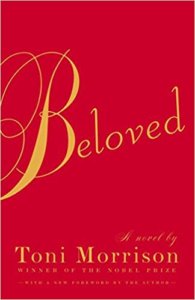
Beloved by Toni Morrison
Beloved, centers on Sethe, an escaped slave who, when confronted with the possibility of recapture, killed her two-year-old daughter to spare her the horrors of plantation life. Years later, Sethe and her small family live free in Cincinnati, but Sethe is still haunted by the ghost of her dead child.

The Joy Luck Club by Amy Tan
In 1949 San Francisco, four Chinese immigrants form a mah jong group, called The Joy Luck Club. Decades later, all four founders have American-born daughters, one of whom, Jing-Mei, has been asked to take her late mother’s place in the mah jong group. But when Jing-Mei learns that her mother’s twin daughters from a previous marriage are still alive in China, she must wrestle with her conflicting feelings about meeting them and break the news of their mother’s death.
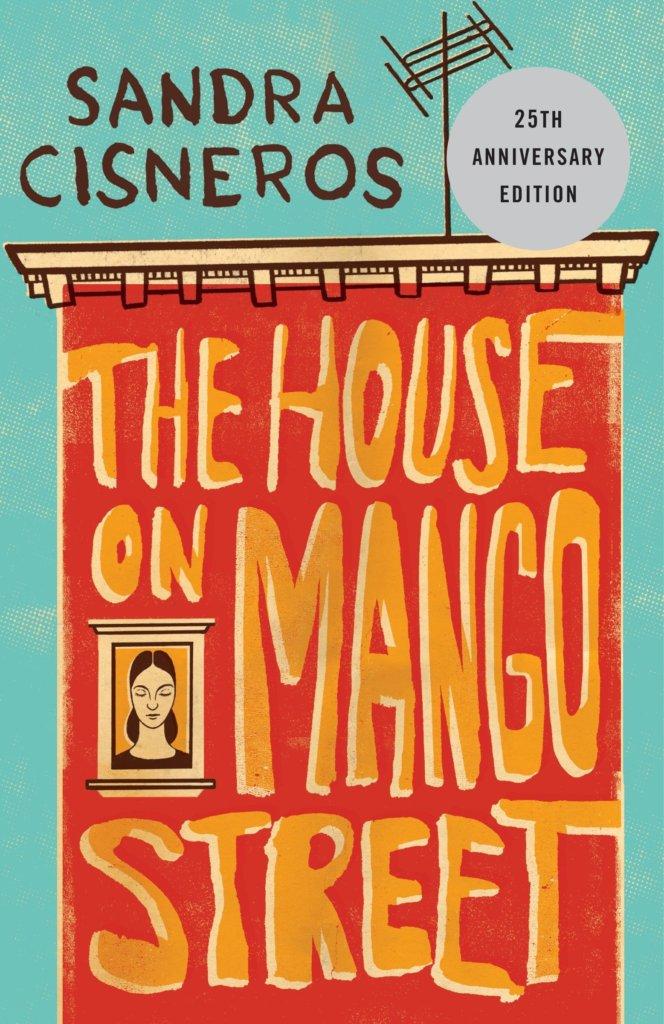
The House on Mango Street by Sandra Cisneros
The House on Mango Street focuses on a young Latina teen named Esperanza, who dreams of living somewhere other than Chicago’s Mango Street, even though it is the only place her family has remained for long. Readers learn that getting out isn’t as easy as willing it to happen.
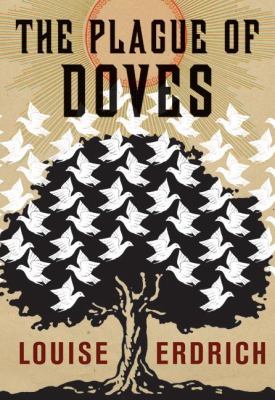
Plague of Doves by Louise Erdrich
Five decades later after an Ojibwa and his friends were wrongly lynched for the murder of a North Dakota family, the murder mystery remains unsolved. Its aftershocks continue to rock the tiny town of Pluto, North Dakota, even half a century later.
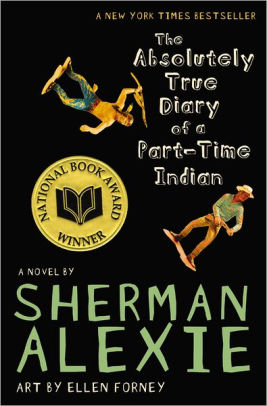
The Absolutely True Diary of a Part-Time Indian by Sherman Alexie
A coming-of-age novel, The Absolutely True Diary of a Part-Time Indian is about Junior, an aspiring illustrator, who begins attending the local public school after learning that textbooks on his reservation are woefully outdated.

Insignificant Events in the Life of a Cactus by Dusti Bowling
Insignificant Events in the Life of a Cactus is narrated by Aven, a 13-year-old girl who was born without arms. It follows her as she settles into a new school, and makes friends with Connor and Zion, two shy boys with disabilities of their own, who help her solve a mystery at her parents’ amusement park.
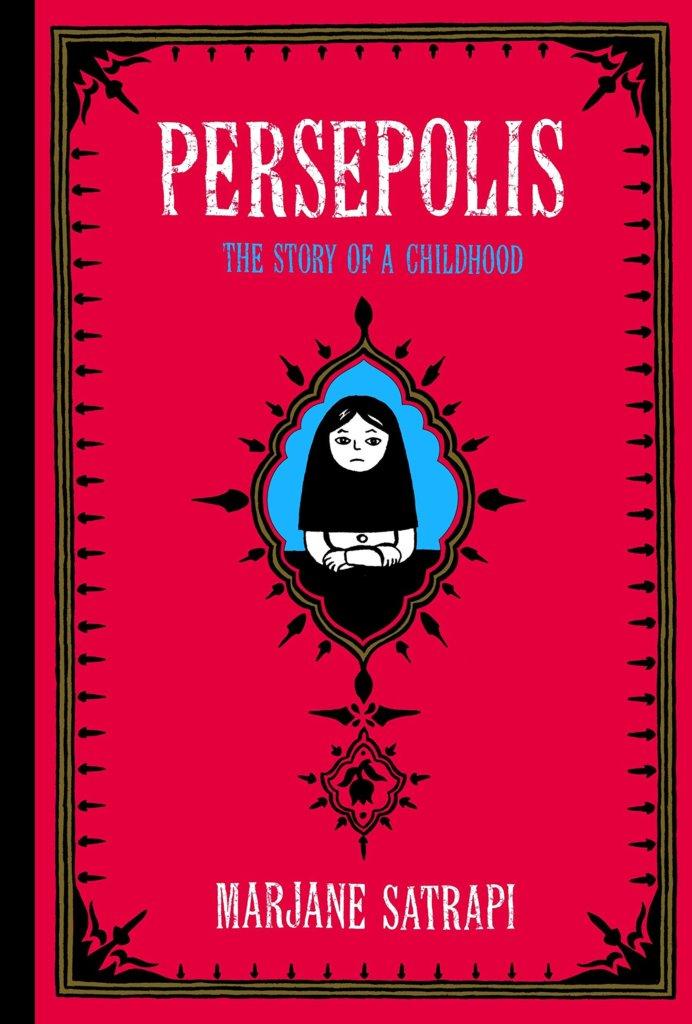
The Complete Persepolis by Marjane Satrapi
Told in two parts that are united in this volume, this powerful graphic memoir traces her author, Marjane Satrapi’s life from her childhood during the Iranian Revolution, to an adolescence spent in France, to her return home after college.

Every Falling Star by Sungju Lee
The son of a former North Korean official, Sungju Lee spent years living on the streets of one of his country’s northern provinces.. In Every Falling Star, Lee recounts the details of his life in the DPRK, the circumstances of his parents’ abandonment, and his escape to the south, where he learned exactly what happened to his parents years before.

A Thousand Splendid Suns by Khaled Hosseini
Two women born a generation apart witness the destruction of their home and family in wartorn Kabul. Over the course of thirty years, the woman stick together, testing limits of their strength and courage.
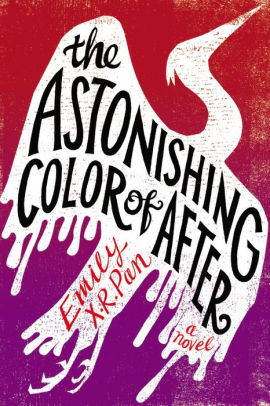
The Astonishing Color of After by X.R. Pan
The Astonishing Color of After discuss the topics of grief and emotion. Leigh Chen Sanders — who is half white, half Taiwanese — believes that her mother turned into a beautiful red bird after she died by suicide. In search of answers and acceptance of her beliefs, Leigh travels to Taiwan to stay with the maternal grandparents she has never met. When she arrives, she finds out the truth and reasoning behind her mother’s decision.
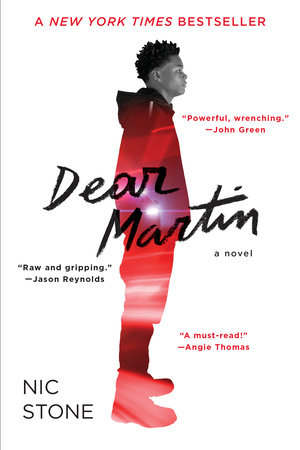
Dear Martin by Nic Stone
Justyce McAllister is a straight A, Yale-bound student at a predominately white prep school. That all changes when Justice is arrested for being in the wrong place at the wrong time, and quickly shown the injustices of the law.
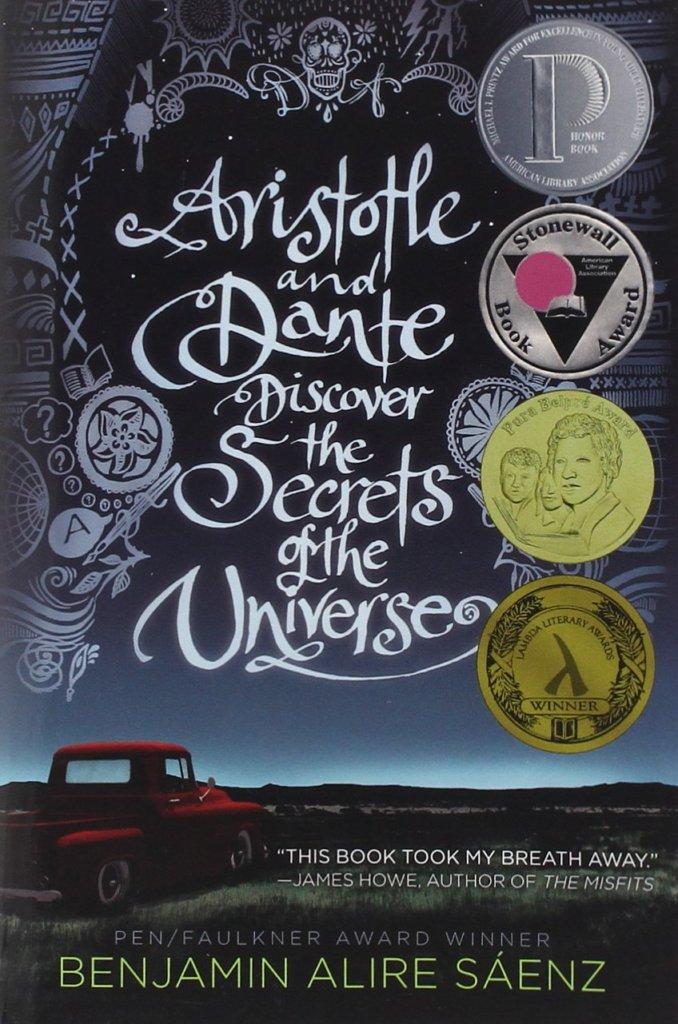
Aristotle and Dante Discover the Secrets of the Universe by Benjamin Alire Sáenz
This is a coming to age story that explores family, cultural identity, friendship, and sexuality. Fifteen-year-old Ari Mendoza is an angry loner with a brother in prison, but when he meets Dante and they become friends, Ari starts to ask questions about himself, his parents, and his family.

Buried Beneath the Baobab Tree by Adaobi Tricia Nwanbani
Based on interviews with young women who were kidnapped by Boko Haram, a terrorist group. The novel illustrates the harrowing fight for survival by a girl who was taken from her home in Nigeria and stripped of her dreams of a university degree
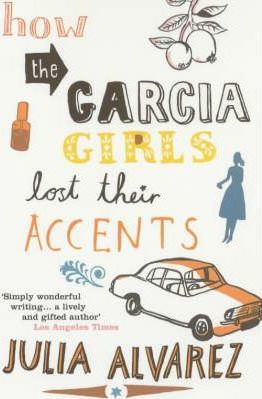
How the García Girls Lost Their Accents by Julia Alvarez
How the Garcia Girls Lost Their Accents gives voice to four sisters recounting their adventures growing up in two cultures. The García sisters–Carla, Sandra, Yolanda, and Sofía–and their family must flee their home in the Dominican Republic after their father’s role in an attempt to overthrow a tyrannical dictator is discovered. They arrive in the wild and wondrous and not always welcoming U.S.A.. Their parents try to hold on to their old ways, but the girls try to find new lives: by forgetting their Spanish, by straightening their hair and wearing fringed bell bottoms. For them, it is at once liberating and excruciating to be caught between the old world and the new.
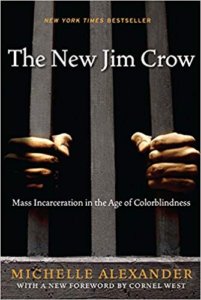
The New Jim Crow: Mass Incarceration in the Age of Colorblindness by Alexander Michelle
Although Jim Crow laws have been wiped off the books, an astounding percentage of the African American community remains trapped in a subordinate status – much like their grandparents before them. Alexander argues that employment, housing, education, and public benefits are still under caste based largely on race.
Read Woke is more than just the library telling kids to read a book, it’s a call to action, and our right as lifelong learners. Reading a book allows you as a reader to arm yourself with the knowledge to either protect your rights or learn about others so you treat people with respect and dignity, no matter their religion, race, creed, or color.
Have a read woke recommendation? Leave a comment.
Featured Image courtesy of Google


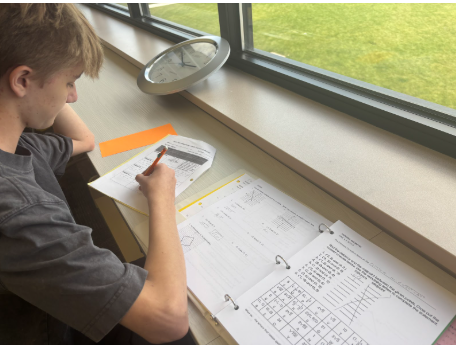
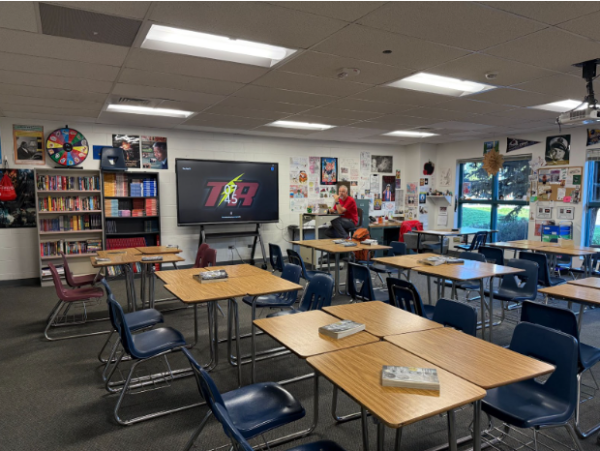
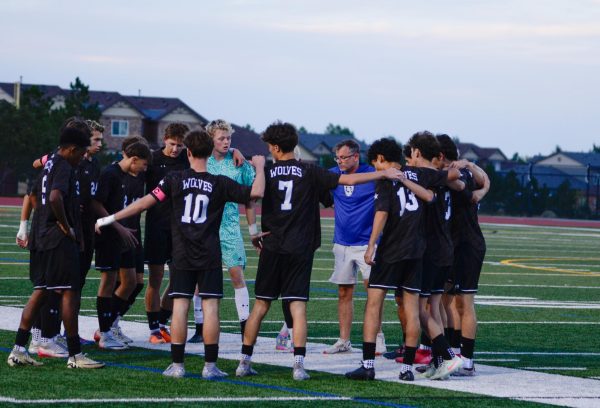

![A Vest Won’t Protect You [OPINION]](https://ghschronicle.com/wp-content/uploads/2025/09/KoltonZuckerVestPosterOffWhite-450x600.png)
![Executive Order: Ending Radical Indoctrination in K-12 Schooling [OPINION]](https://ghschronicle.com/wp-content/uploads/2025/04/Screenshot-2025-04-23-at-2.51.41 PM-600x337.png)

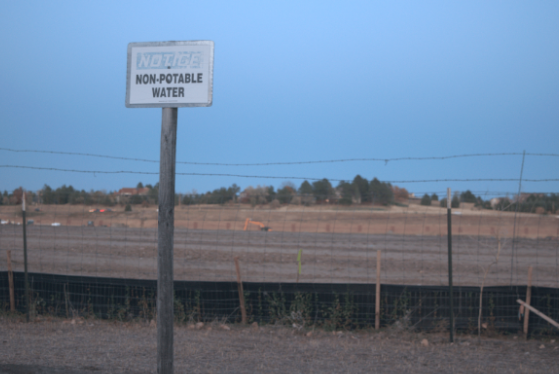


morgan shepard • Dec 18, 2018 at 4:09 pm
why do the books need to be agenda pushing?
Lain Iwakura • Dec 19, 2018 at 1:48 pm
All art is ideology. Any book, aside from those whose explicit purpose is to be something completely removed from reality on all fronts, is an abstracted notion of how the world is or should be. Any time you have a human character, you are, by necessity, presenting that character as a representation of how the world is. And how a book presents its content and themes is also, again, the author’s understanding of the world in some respect made manifest. All art that doesn’t go out of its way to reject having themes has an ideology (“agenda pushing,” as you phrased it) and hence a matter of choosing which ideology is the most valuable to be exposed to is the task of both the author of an individual book and of those designing the curriculum. For further reading, there’s a book by Fredric Jameson called “The Political Unconscious: Narrative as a Socially Symbolic Act” that basically argues that nearly all art has some sort of political orientation, whether intentional or not, and if you want some further reading I highly recommend that.
Anonymous • Dec 17, 2018 at 1:43 pm
So a white male can’t be oppressed or go through anything worthwhile according to your logic. We don’t need forced diversity and there’s nothing wrong if the majority of books we read come from the group who makes up the majority of the population. That doesn’t necessarily mean anything bad. Also, how are these books “necessary” in any way. You’re discounting the experiences and opinions of white men just because they are white, which is by definition racist.
Lain Iwakura • Dec 18, 2018 at 11:48 am
The article doesn’t advocate eliminating representations of the white male experience, it advocates having books that represent other types of experiences in addition to those. It’s arguable whether or not the books in English class should focus on reading for empathy in the first place (I’d argue that the primary focus should be building skills to understand the ideas underlying the media we consume, and empathetic experiences, while useful, should be secondary to that; “The medium is the message; the effect of the program is incidental”), but if we assume that empathy is the main purpose, then an increase in the number of books dedicated to exploring the experiences of minorities (not a complete replacement, mind you, but a significant reduction; the number of times you should be exposed to an experience should not be proportional to how common that experience is) would be desirable.
Your assertion that the article states that white men can’t be oppressed is completely baseless and I have no clue what in the article made you think the author wanted the elimination of white experiences in literature. I can only assume it’s ideologically charged and based on the assumption that being a leftist is the equivalent of being in favor of explicit racism and sexism against men and white people, which is wrong, and if you want me to I’ll explain why.
reader • Dec 18, 2018 at 12:59 pm
Ummmmm how is what the article saying racist????? The read woke program isn’t about discrediting a book written by a white male, it’s about recognizing minorities stories that often go unnoticed. I agree that read woke is forced diversity and that books and art, in general, should not focus on race and culture, but the program is about shining light on “woke” books because English classes don’t offer them.
Lain Iwakura • Dec 19, 2018 at 1:42 pm
You are mostly correct, but I do take issue with the phrase “forced diversity.” As I said in my other reply, I don’t think diversity should be the main focus (thought it is useful as a secondary goal), but if we assume that it was, I don’t see in what way that would be forced. “Forced diversity,” at least as I see it, would only happen if diversity was substituted for other elements that the author considered to be equally important on a storytelling level, but was too lazy to actually use. Maybe I’m misunderstanding, though.